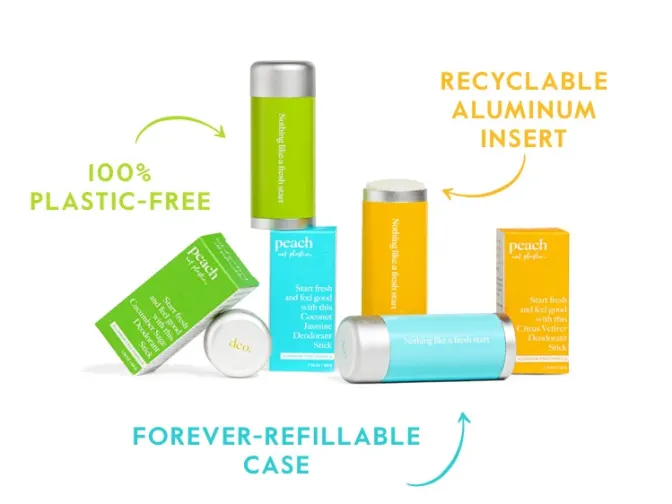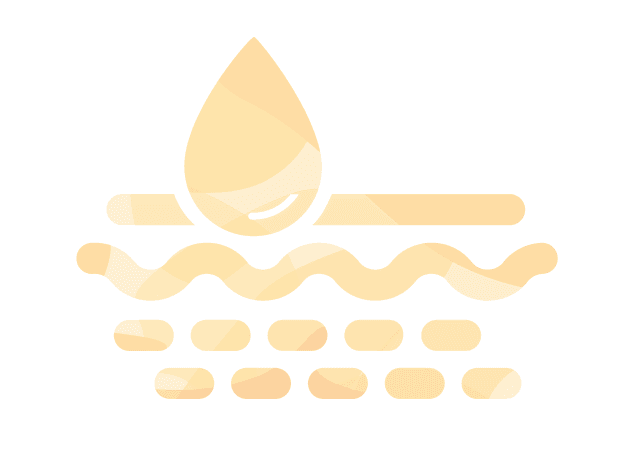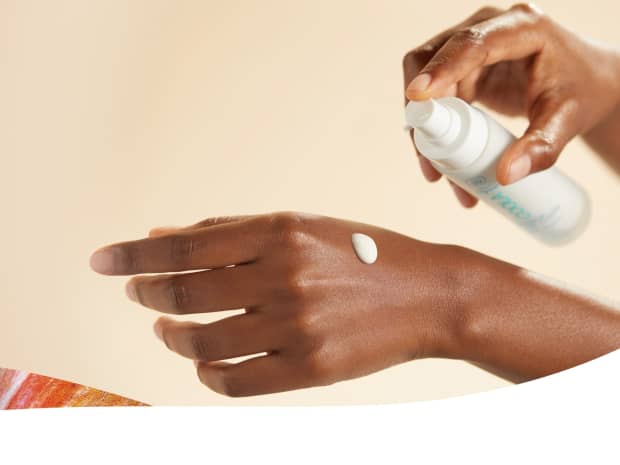
1. It exfoliates the skin
Gluconolactone dissolves dead skin cells, improves the appearance of fine lines and discoloration, and can help remove excess oil from the skin.
Because the molecules in gluconolactone are larger than other acids, they don't penetrate the skin as deeply, which lessens the likelihood of redness and flaking after use.











